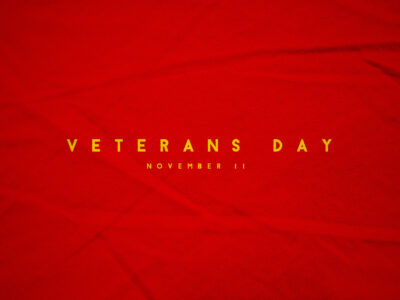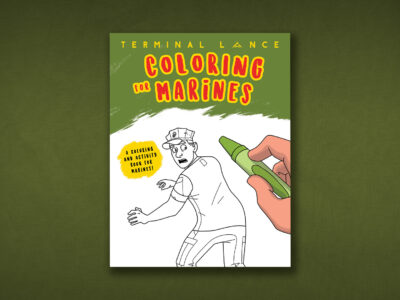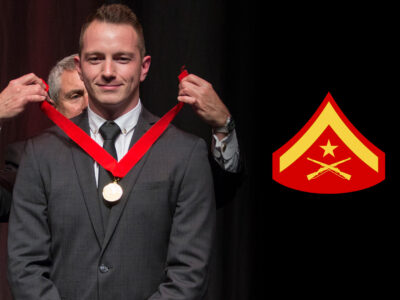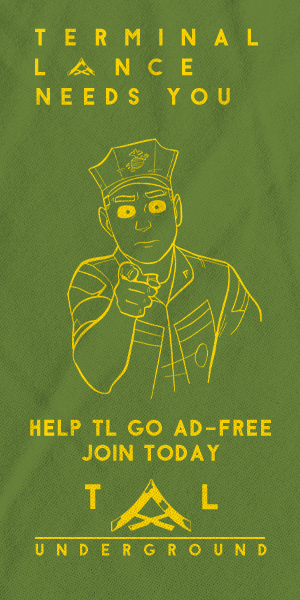In 2013, David Finkel released a nonfiction book about soldiers returning home from Iraq and the struggles they faced with PTSD, depression and adjusting back to civilian life. That bestselling book is now a movie, sharing the namesake, and adapted to film by writer/director Jason Hall. Jason previously wrote the screenplay for the Oscar-winning Clint Eastwood film American Sniper, about the “Legend” Chris Kyle. American Sniper was lauded by critics for its portrayal of Chris Kyle’s home life and his own struggles with PTSD after his Iraq deployments. Thank You For Your Service, then, is a fitting follow-up from the same screenwriter.
Films like this are tricky for veterans, as many will decry the portrayal of PTSD and the “damaged veteran” as a tired and dangerous trope, while simultaneously reminding you that 22 veterans day commit suicide and to be more mindful of mental health issues surrounding the military experience. Thank You For Your Service does a great job of navigating this dichotomy by reminding us that this is the true story of its subjects. Adam Schumann, Tausolo Aeiti and Michael Emory were even involved personally with the production of the film and even attended the premiere.
“I reached out to all of them while writing the script and got varying levels of engagement from each. Adam was the most connected and Solo was the most challenging to communicate with. Upon principle I brought Adam down to be part of the Boot Camp. He joined the SEALs who were training the guys and showed them the Army way. He also collaborated with all the department heads and made sure costumes, scenic design, and sets were all correct and looked in order.”
At the premiere’s Q&A segment, Tausolo Aeiti and Adam Schumann expressed greatly that the actors portraying them (Beulah Kaole and Miles Teller, respectively) in the film were closely involved with them during production in order to portray them authentically. This authenticity permeates every facet of the film, from set design to the smallest of things, like the markings on their sea bags when they return home from deployment. Every piece of this film feels real, refusing to indulge in the usual theatrics of war films and immersing you in its smallest moments.
“I did extensive amounts of research about these guys and what they were going through to get the emotional authenticity correct. That is the place where all of this builds from, the character and their emotional truth. You can have all the details right, but if you miss that— there is no story. But once I felt I understood that I moved on to finding an authentic visual way to present the story— this is a real account of these guys lives so I wanted to present a visual template that felt personal; an intimacy that made you forget you’re watching a movie. By the way we shot this film we are made to feel that we are living with these characters in their homes and in their heads and to capture the truth of that, I used pictures of their homes to duplicate what was on the walls and how things were laid out. And often times I was able to get the very same objects for set decoration. We used Adam’s uniform, his headboard, and other authentic pieces of set decor to bring a level of truth to what we were doing. We went as far as we could to make it all authentic on every set we could. For Iraq, set pieces we used photos Adam had, photos David Finkel had, and the resources of Magnum photographers Peter Van Agtmael and Moises Saman who captured hundreds of thousands of photos in Iraq. We duplicated the color of trash, graffiti and street signage and vignettes from photos (the graffiti on the wall at the beginning is actual graffiti from a wall of a urinal photographed by Peter van Agtmael and used with his express permission). Another good example of this is the pictures of real fallen heroes on the wall of the VA. It was noted early on that we wouldn’t be able to see the faces of these men in the shot so ‘why go to all the trouble of getting clearance to use real photos of the fallen’— but I pushed ahead and demanded it. On the day of shooting we filled that room with 200 veterans as extras, playing veterans waiting to get seen at the VA; and it turned out that several of them recognized faces of their fallen brothers on the wall. The memories of those men resonated through them as our camera captured their faces. It brought an additional level of emotion and authenticity to the scene, and added depth of that moment in the film. That’s why you chase down the truth— it adds dimension and weight to the work.”
One of the most effective scenes that illustrate the veteran experience is when the two soldiers find themselves at the VA, applying for service connected disability. They are miserable, embarrassed, and forced to wait in a typical waiting room filled with disabled veterans. Real veterans.
“We used real soldiers to sit there and they know what it’s like. And their faces tell the stories. We had them sitting there all day. The only difference between us and the VA is that we paid everyone and fed them! The unintended benefit from that day was that the guys all became friends and exchanged numbers, and now they go fishing.”
It is Jason Hall’s insistence and refusal to glamorize the war experience that makes Thank You For Your Service such an effective film, not concerning itself so much with what happened in Iraq as much as how it affected the lives of those involved. The spouses and families of these soldiers are as much a part of this story as they are to service members in real life, giving us a more intimate and subtle glimpse into the effects of war on the homefront.
“I hope this movie brings greater understanding to the challenges some veterans face returning home from active duty and creates a dialogue that allows us to find a better way to welcome you all home.”
Thank You For Your Service is in theaters everywhere right now. You can listen to an extended interview with Jason Hall as a guest on After Action, talking with Terminal Lance creator Maximilian Uriarte and Duffelblog creator Paul Szoldra here.












Comments